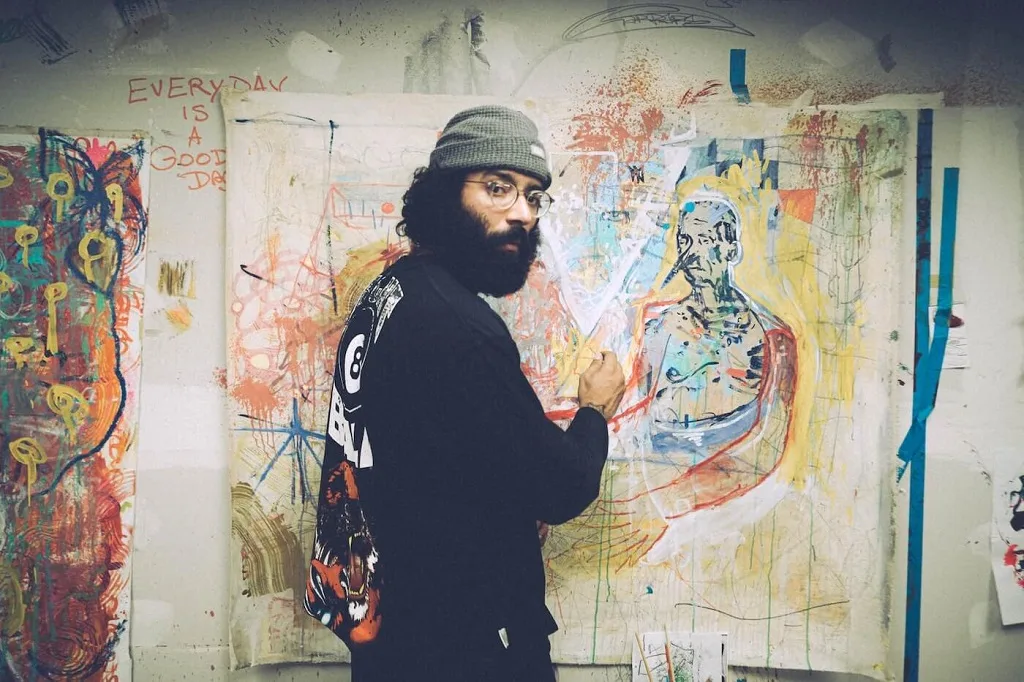
Turning Your Drawing Hobby into a Profitable Business
Drawing isn’t just a hobby; it’s a potential source of income. Whether you’re a professional artist or a hobbyist, turning your drawing skills into a revenue stream can be both fulfilling and financially rewarding. This article will guide you through the process of monetizing your creativity, exploring various types of drawings, and the platforms available for selling and promoting your work.
How to Turn a Hobby into Income
Turning a drawing hobby into a source of income starts with recognizing the value of your work. Begin by assessing your skills and identifying your niche. Whether it’s digital art, traditional painting, or illustration, focusing on a specific area can help you stand out. Develop a portfolio showcasing your best work, as this will be essential when approaching potential clients or uploading to online platforms. Networking with other artists and participating in online forums can also provide valuable insights and opportunities. Once you have a portfolio, consider offering commissioned works, setting competitive prices based on your experience and the market demand.
Leveraging social media is crucial for building an audience. Platforms like Instagram, Pinterest, and TikTok are excellent for showcasing your art and connecting with potential buyers. Regularly posting your work, engaging with followers, and using relevant hashtags can significantly increase your visibility. Additionally, creating a personal website or blog where you can display your portfolio and share insights about your creative process can establish you as a credible artist and attract a loyal customer base.
What Types of Drawings Are There?
The art world offers various drawing styles, each with its unique appeal and market demand. Digital art, for instance, has become increasingly popular with the rise of social media and digital marketing. Digital portraits, character designs, and concept art are highly sought after by both individuals and companies. Traditional drawings, such as pencil sketches, watercolors, and oil paintings, also hold significant value. These pieces often appeal to collectors and art enthusiasts who appreciate the tangible nature of traditional mediums.
Illustrations and cartoons are other lucrative areas. They are frequently used in books, magazines, advertisements, and online content. Artists specializing in these styles can find opportunities in publishing and media industries. Lastly, technical drawings, such as architectural sketches or scientific illustrations, cater to niche markets but can be very profitable. These drawings require a high level of precision and expertise, making them valuable to professionals in specific fields.
Do You Need to Be Able to Draw?
You might wonder if exceptional drawing skills are necessary to make money from art. While talent is beneficial, it is not the sole determinant of success. Many successful artists started with basic skills and improved over time through practice and dedication. The key is to find your unique style and continually refine your techniques. Online tutorials, courses, and workshops can accelerate your learning process, helping you acquire new skills and stay updated with industry trends.
Networking with other artists and participating in art communities can provide support and constructive feedback, essential for growth. Collaborating on projects or joining group exhibitions can also boost your visibility and credibility. Remember, persistence and passion often outweigh innate talent. Consistently working on your craft, being open to learning, and adapting to new trends are crucial for long-term success in the art industry.
Platforms for Monetizing Your Creativity
There are numerous platforms where you can sell your drawings and monetize your creativity. Online marketplaces like Etsy, Redbubble, and Society6 allow artists to upload their designs and sell prints, merchandise, and digital downloads. These platforms handle the production and shipping, letting you focus on creating art. Freelance websites such as Fiverr and Upwork are excellent for finding commission-based work. Clients post their requirements, and you can bid on projects that match your skills and interests.
Social media platforms like Instagram and Facebook can also be leveraged to sell your art. By setting up a shop on these platforms, you can reach a broader audience and facilitate direct sales. Additionally, consider offering online art classes or tutorials on platforms like Skillshare and Udemy. Teaching others not only provides an additional income stream but also establishes you as an expert in your field.

Platforms for Promoting Your Creativity
Promoting your art effectively is essential for attracting buyers and building a reputation. Social media remains a powerful tool for promotion. Regularly updating your profiles with new artwork, behind-the-scenes content, and engaging stories helps build a loyal following. Collaborating with influencers or participating in online art challenges can further boost your visibility. Websites like Behance and Dribbble are excellent for showcasing your portfolio to a professional audience, potentially attracting clients and job opportunities.
Creating a personal website is another crucial step. Platforms like WordPress, Wix, and Squarespace offer customizable templates for building a professional-looking site. Here, you can display your portfolio, write a blog, and provide contact information for potential clients. SEO optimization and regularly updating your site with new content can improve your search engine rankings, making it easier for people to find you. Additionally, consider attending art fairs, exhibitions, and networking events to connect with other artists and potential clients in person.
As Far as It Makes Sense
Deciding whether turning your drawing hobby into a business is sensible depends on various factors, including your passion, dedication, and financial goals. If drawing is something you love and you are willing to put in the time and effort, it can be a fulfilling career. However, it’s essential to set realistic expectations and understand that building a successful art business takes time. Financial stability might not come immediately, and it’s crucial to have a backup plan or supplementary income sources during the initial stages.
Moreover, continuously improving your skills and staying updated with market trends are vital. Investing in quality materials and tools can also enhance the quality of your work, making it more appealing to buyers. Finally, always be open to feedback and willing to adapt. The art market is dynamic, and being flexible can help you navigate its challenges and seize new opportunities. By combining your artistic talent with business acumen, you can successfully turn your passion for drawing into a profitable venture.
